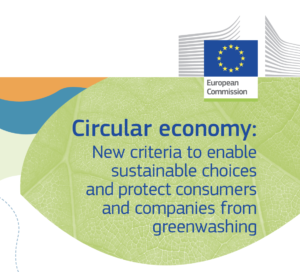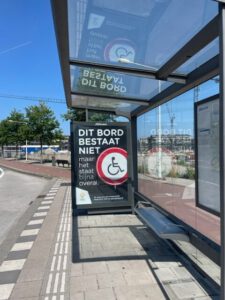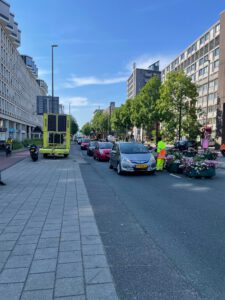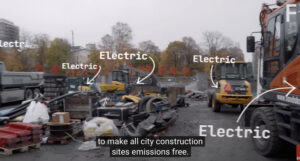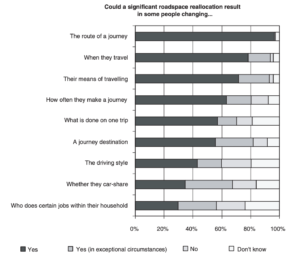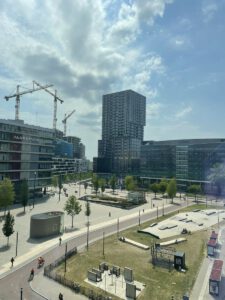UK Zero emission vehicle mandate consultation: summary of responses

In 2021, cars and vans accounted for 18% of the UK economy’s greenhouse gas emissions, making decarbonizing road transport a key focus as we transform the economy and end the impact of climate change. Zero emission vehicles (ZEVs) are the only route to tackling car and van emissions, as ZEVs emit no greenhouse gases at the exhaust and produce …


